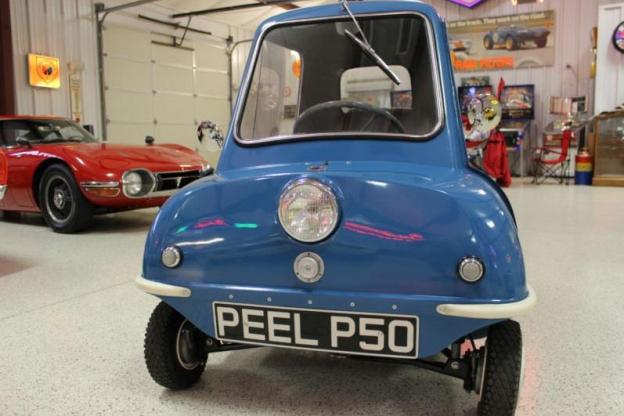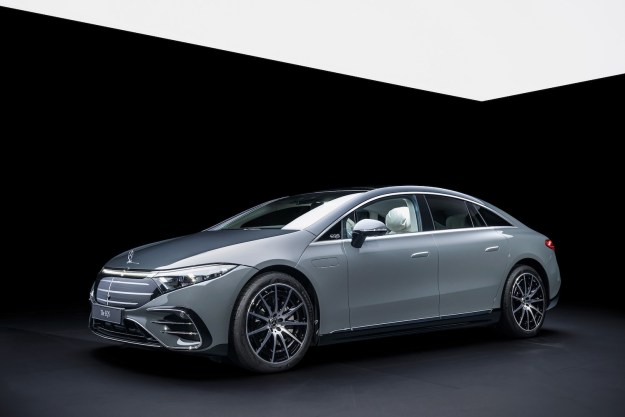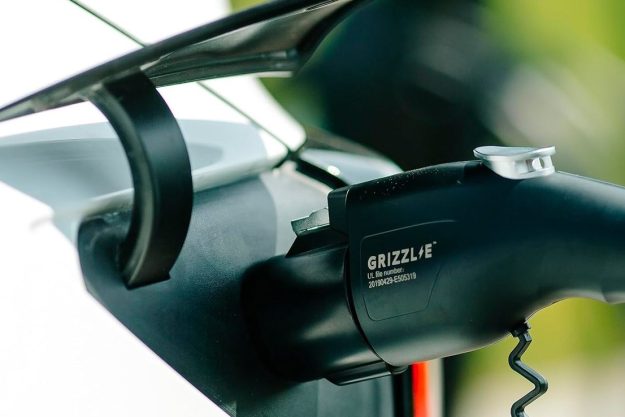
You, too, could own a piece of motoring history with this Peel P50 replica, the Guinness Book of World Records’ “World’s Smallest Production Car,” now up for sale on eBay.
Top Gear fans might recall when Jeremy Clarkson drove the Peel P50 through the offices of the BBC (video at end of story). Just imagine, for $26,000, you, too, could have some hilarious micro-car hijinx.

According to the eBay seller’s description, this replica was purchased in Europe and shipped to the U.S.. Once it hit stateside, it was completely restored, while also receiving some upgrades, including a digital speedometer.
Powered by a 200cc Honda engine, this little car features many modern amenities, including a three-point seatbelt, a high- and low-beam single headlight, manual windshield washer, and a courtesy light mounted inside just above the windshield.

The seller is also including a 1963 Czech PAV single-wheel trailer in the deal, which has also been fully restored. The hitch on the trailer has been apparently inclined so that the trailer banks into turns. On the inside, the trailer features its own electrical system so it can be self-powered at car shows and such.
$26,000 might seem a bit steep for a micro-car but we press you to find not only another Peel P50 for sale in the States but also one in such great condition.
We asked the Digital Trends brass if we could get it for inner-office transport. After the laughter subsided, the answer was a firm “no.”
Here’s TopGear’s hilarious video about the P50:


